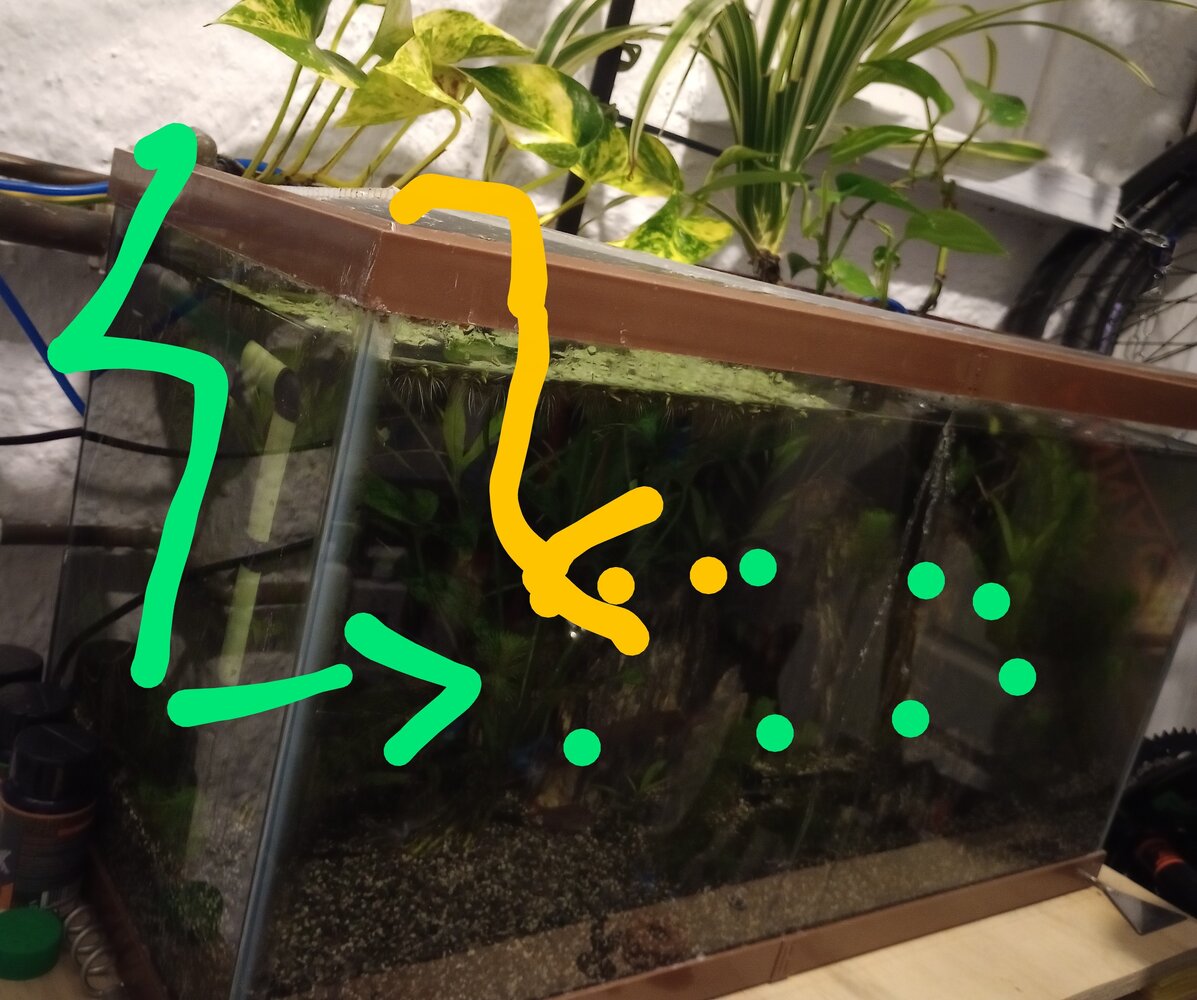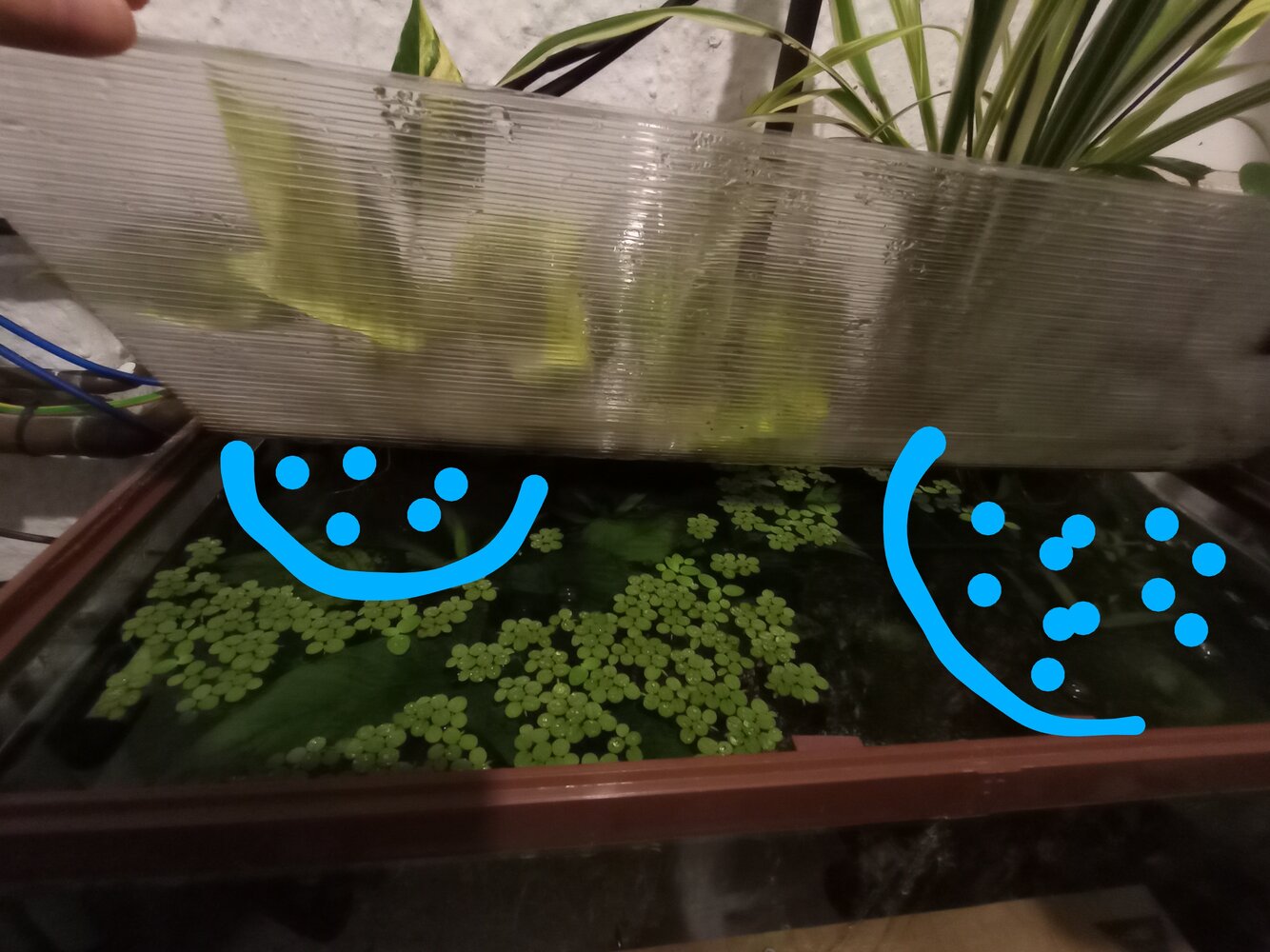Andy Pierce
Member
What I did (I also have embers) was to add a small powerhead towards the bottom of the tank. That will improve flow around the plant mass and won't bother the embers which prefer being higher up in the water column, or your floating plants.... a dozen embers, who really don't like flow.
I'm a big believer in one good tool for each job. If you want flow, use a powerhead. If you want aeration, use an airstone. If you want biological filtration, use a filter. Etc.



